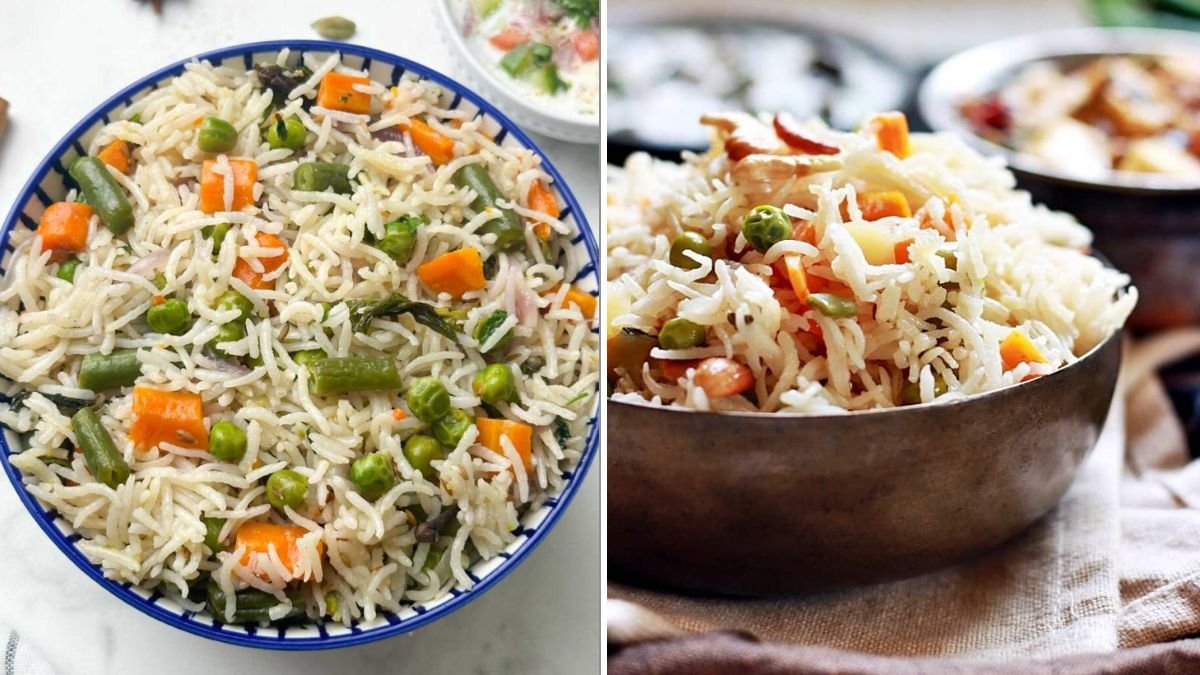There’s something truly comforting about a bowl of fragrant vegetable pulao — tender basmati rice, colorful vegetables, and warm spices coming together in one harmonious dish. Whether you’re cooking for a weekday lunch or a festive meal, a perfectly cooked pulao can make any table feel special. It’s lighter than biryani but equally flavorful, and with the right steps, anyone can master it.
Here’s a detailed 7-step guide to making vegetable pulao that’s fluffy, aromatic, and bursting with flavor—every single time.
Step 1: Gather Your Ingredients
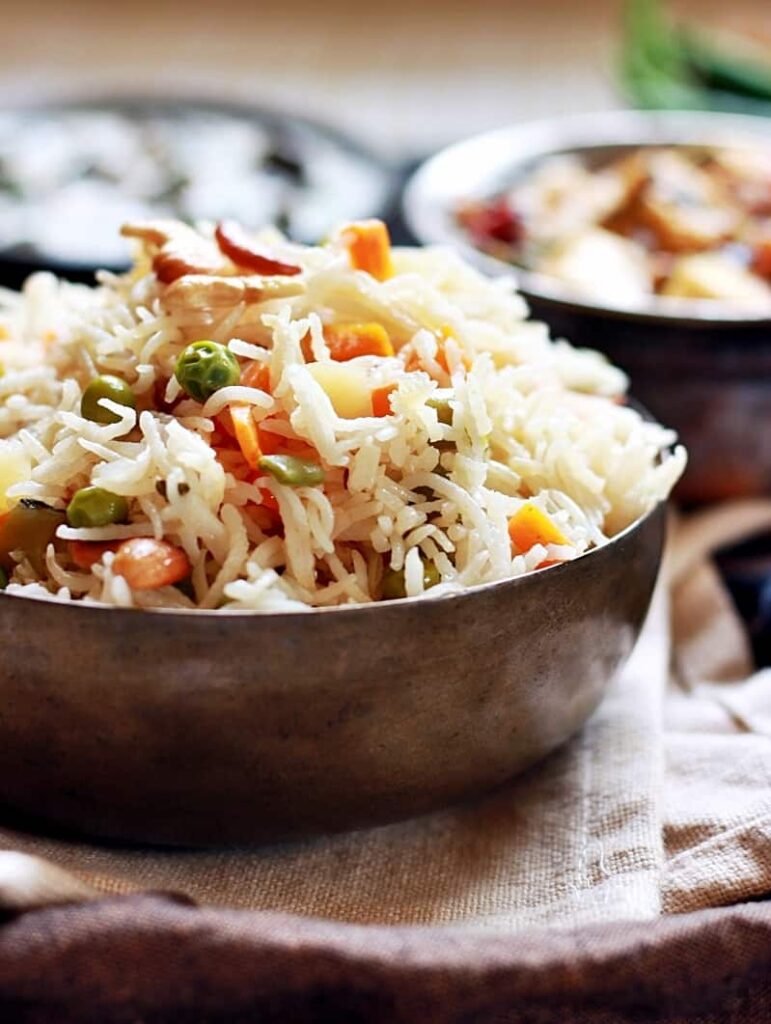
Having all your ingredients ready before you start ensures a smooth cooking process.
Ingredients:
- 1 cup basmati rice (preferably aged)
- 2 tablespoons ghee or oil
- 1 bay leaf
- 1 small cinnamon stick
- 3–4 cloves
- 2 green cardamoms
- 1 teaspoon cumin seeds
- 1 large onion (thinly sliced)
- 1 tablespoon ginger-garlic paste
- 1 cup mixed vegetables (carrot, beans, peas, potato, cauliflower)
- 1 green chili (slit)
- 2½ cups water (or vegetable stock for extra flavor)
- Salt to taste
- Fresh coriander and mint leaves (for garnish)
- A few drops of lemon juice (optional)
Optional add-ins:
Fried cashews, raisins, or a pinch of saffron soaked in warm milk for a royal touch.
Step 2: Soak the Rice for Perfect Texture
The secret to long, separate grains of rice lies in proper soaking.
- Rinse the basmati rice 3–4 times under cold water until the water runs clear. This removes excess starch that can make rice sticky.
- Soak the rice in water for 20–30 minutes.
- Drain completely before cooking.
Pro Tip: Never skip this step—soaked rice expands better and cooks evenly, giving you that light, fluffy texture pulao is famous for.
Step 3: Prepare the Vegetables
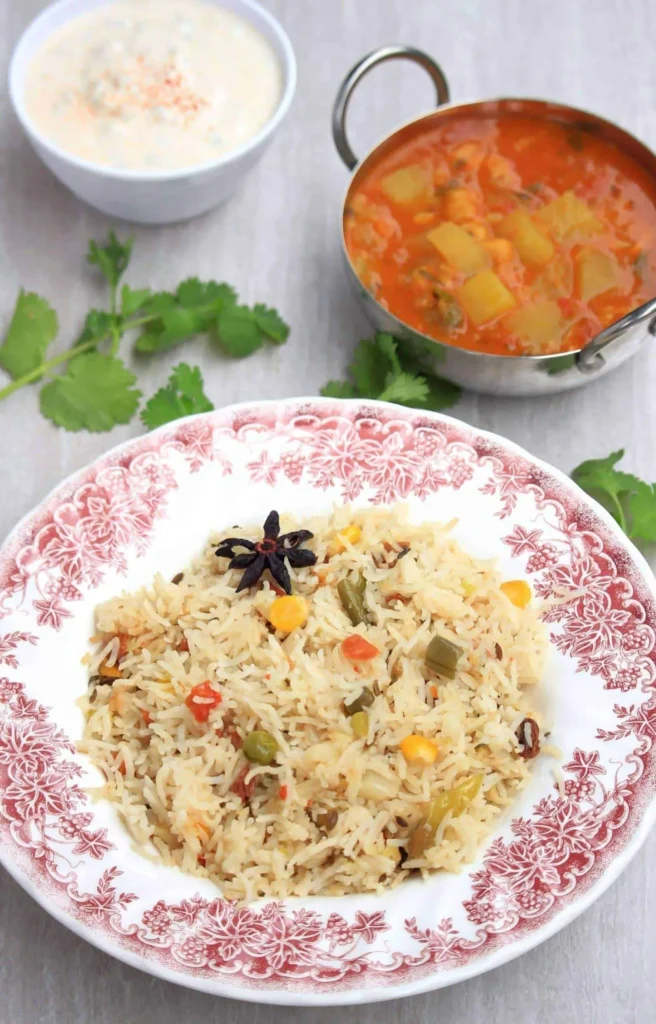
While the rice is soaking, prep your vegetables.
- Dice carrots, beans, and potatoes into small, uniform pieces so they cook evenly.
- Shell the green peas and chop cauliflower florets into bite-sized chunks.
- You can also add bell peppers, sweet corn, or mushrooms for variation.
Pro Tip: Avoid overloading the pulao with too many vegetables—it should be balanced so that the rice remains the hero of the dish.
Step 4: Sauté the Aromatics and Spices
This is where your pulao gets its irresistible aroma.
- Heat ghee or oil in a heavy-bottomed pan or pressure cooker over medium heat.
- Add bay leaf, cinnamon, cardamom, cloves, and cumin seeds. Let them crackle for a few seconds until fragrant.
- Add sliced onions and sauté until golden brown. This caramelization deepens the flavor base.
- Stir in the ginger-garlic paste and cook until the raw smell disappears.
- Add the green chili and sauté briefly.
Pro Tip: You can also add a few peppercorns or star anise for a slightly more complex spice aroma.
Step 5: Add Vegetables and Rice
- Add the chopped vegetables to the pan and sauté for 3–4 minutes. This helps lock in their flavor and prevents them from becoming mushy.
- Sprinkle salt and stir well to coat the vegetables with the spice-infused ghee.
- Add the drained rice and mix gently for 1–2 minutes. Toasting the rice lightly in ghee adds a nutty flavor and prevents it from clumping later.
Pro Tip: Be gentle while mixing to avoid breaking the rice grains.
Step 6: Cook the Pulao to Perfection
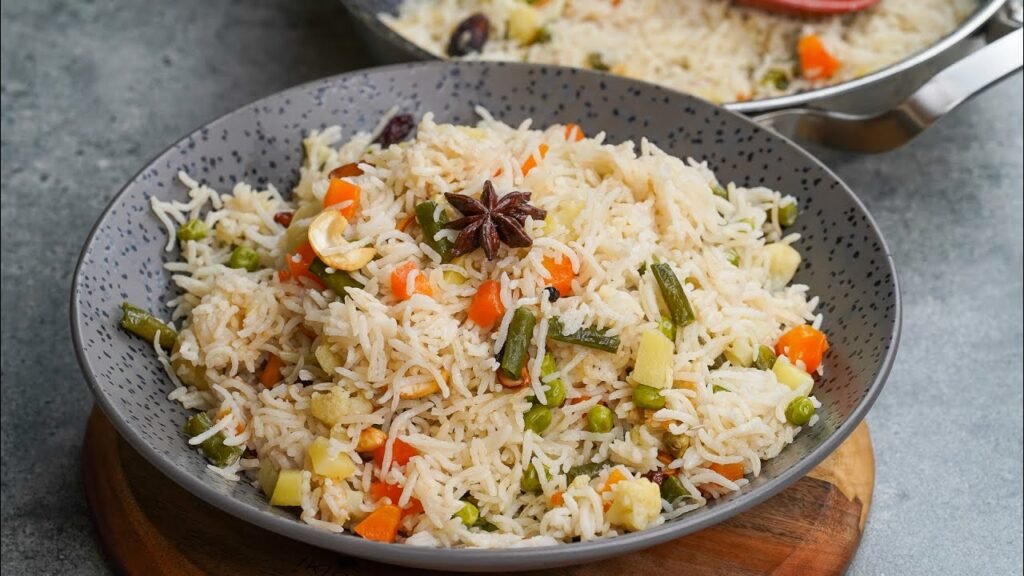
Now comes the most crucial step—cooking the rice just right.
If using a pan:
- Add 2½ cups of hot water (or stock).
- Taste the water—it should be slightly salty (since rice absorbs salt as it cooks).
- Add a few mint and coriander leaves, and a dash of lemon juice.
- Bring to a boil, then reduce the flame to low.
- Cover with a tight-fitting lid and cook for 12–15 minutes until all the water is absorbed and the rice is tender.
If using a pressure cooker:
- Add the same amount of water, mix gently, and cook for 1 whistle on medium flame. Let the pressure release naturally.
Once done, let the pulao rest for 5 minutes before opening the lid—this allows the steam to settle and keeps the grains separate.
Pro Tip: Never stir hot pulao immediately; it can break the rice. Fluff it gently with a fork after resting.
Step 7: Garnish and Serve
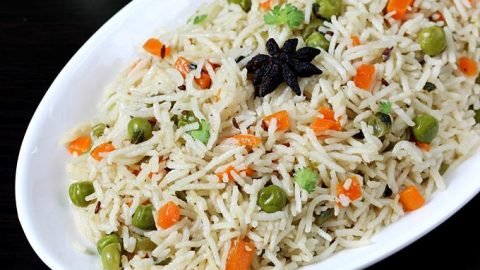
After resting, gently fluff the pulao with a fork to separate the grains. Garnish with:
- Fresh coriander leaves
- Fried cashews or raisins (optional)
- A few mint leaves for aroma
Your vegetable pulao is now ready to serve—fragrant, fluffy, and full of color!
Serving suggestions:
- Pair with cucumber raita or boondi raita for a refreshing contrast.
- Add papad, pickle, or salad for a traditional Indian touch.
- For a heartier meal, serve alongside paneer curry or dal makhani.
Tips for Perfect Vegetable Pulao Every Time
- Rice-to-water ratio: Maintain a 1:2.5 ratio for perfectly cooked grains.
- Avoid overcooking: Check the rice after 12 minutes to prevent sogginess.
- Use aged basmati rice: It absorbs flavor better and remains firm.
- Use ghee: For that rich, traditional aroma that oil can’t match.
- Add lemon juice: It prevents rice from sticking and brightens the flavor.
Variations to Try
- South Indian-Style Pulao: Add curry leaves, mustard seeds, and coconut milk for a coastal twist.
- Kashmiri Pulao: Include dried fruits, saffron, and milk for a mildly sweet, festive version.
- Spicy Masala Pulao: Add garam masala or biryani masala for a punchier, street-style flavor.
- Brown Rice Pulao: A wholesome version—just increase the cooking time and water ratio slightly.
Nutritional Benefits
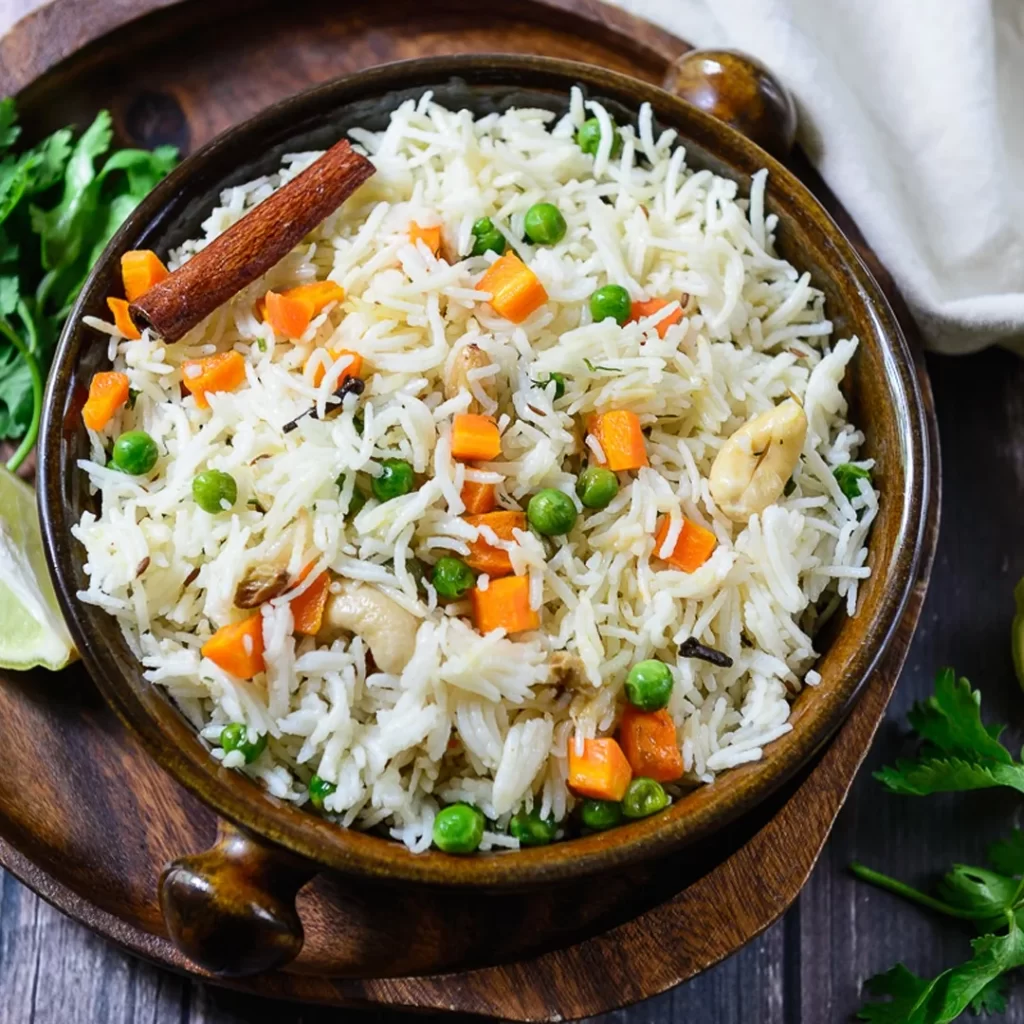
Vegetable pulao is as healthy as it is delicious. It’s a complete meal in itself, offering:
- Complex carbohydrates from basmati rice for sustained energy.
- Vitamins and minerals from fresh vegetables.
- Good fats from ghee that enhance nutrient absorption.
- Low in oil and easily digestible, making it suitable for all ages.
Final Thoughts
Cooking perfect vegetable pulao is not about complicated techniques—it’s about patience, balance, and timing. Every step, from soaking the rice to gently fluffing it at the end, plays a role in the final texture and flavor.
With these 7 easy steps, you’ll never have to worry about sticky or bland pulao again. Each grain will be light, separate, and bursting with flavor—just the way it should be.
So, gather your ingredients, let the spices sizzle, and create a dish that turns an ordinary meal into something truly special—your perfectly cooked vegetable pulao.
